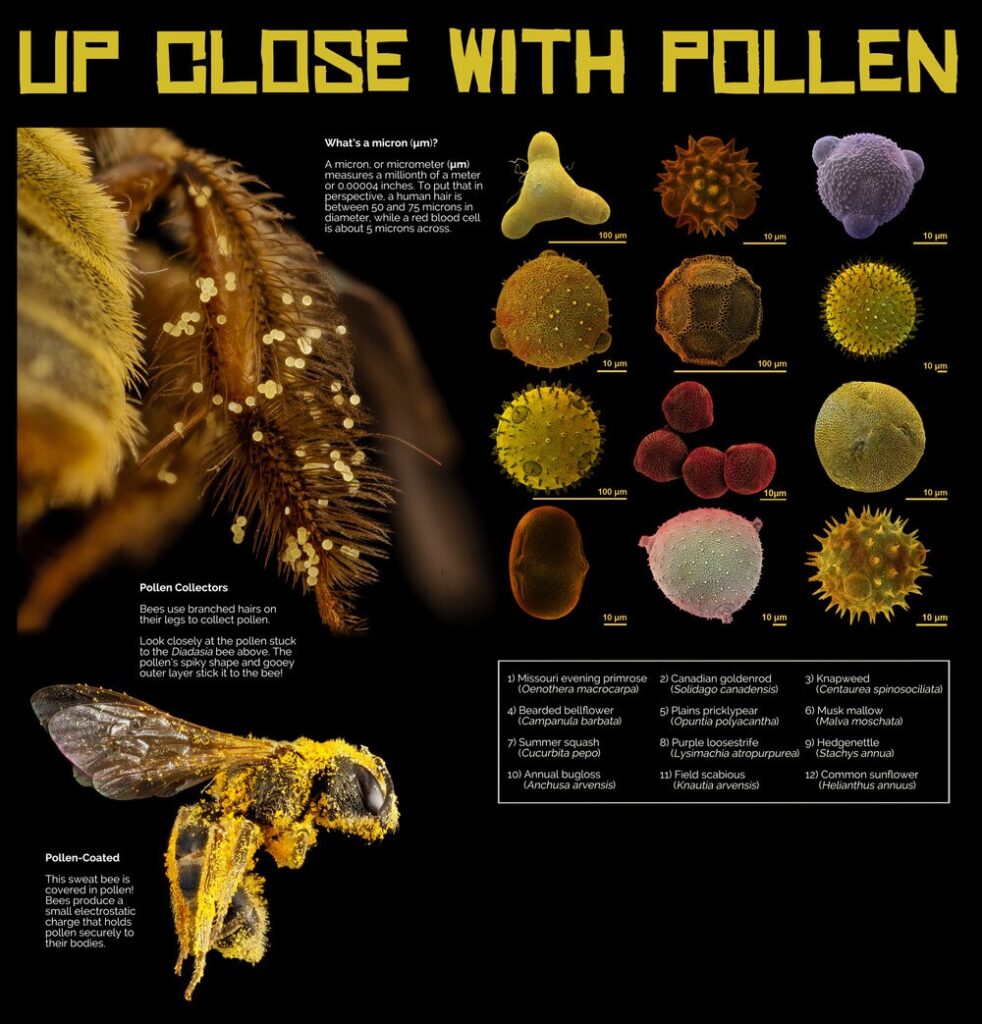July 7, 2024
By Bill Faw
Good morning! This is my 14th message for HUU since September, 2018. Today we look at the interesting question: Is history flat (basically staying the same), circular (getting better, then worse, in cycles), inclining (getting better), or declining (getting worse)?
PARTS ONE AND TWO: HISTORY FLAT AND/OR CIRCULAR
For classic portrayals of both the ‘flat’ and ‘circular/cyclical’ views of history, let us turn to good old Ecclesiastes from the Hebrew Bible, from 2400 or so years ago.
I invite you to join me in dramatically reading outload, together, the grand poetic words on the back of our OOS, the top half, from Ecclesiastes Chapter 1, proclaiming that History is flat and unchanging. I’ll read the first verse and then you join in.
Ecclesiastes 1:1-10:
The words of the Teacher the son of David, king in Jerusalem.
Vanity of vanities, says the Teacher, vanity of vanities! All is vanity.
What do people gain from all the toil at which they toil under the sun?
A generation goes, and a generation comes, but the earth remains forever.
The sun rises and the sun goes down, and hurries to the place where it rises.
The wind blows to the south, and goes around to the north; round and round goes the wind, and on its circuits the wind returns.
All streams run to the sea, but the sea is not full; to the place where the streams flow, there they continue to flow….
What has been is what will be, and what has been done is what will be done; there is nothing new under the sun.
Is there a thing of which it is said, “See, this is new”? It has already been, in the ages before us.
Hmm! Nothing new under the sun, what has been done is what will be done. History does not improve or get worse. It is flat as a pancake. But this means there is no hope for improving things:
“What do mortals get from all the toil and strain with which they toil under the sun? For all their days are full of pain and their work is a vexation; even at night their minds do not rest. This also is vanity.”
And even the rare person with Ecclesiastes’ wealth and education has little hope: “I applied my mind to know wisdom and to know madness and folly. I perceived that this also is a chasing after wind.”
[Read more…]